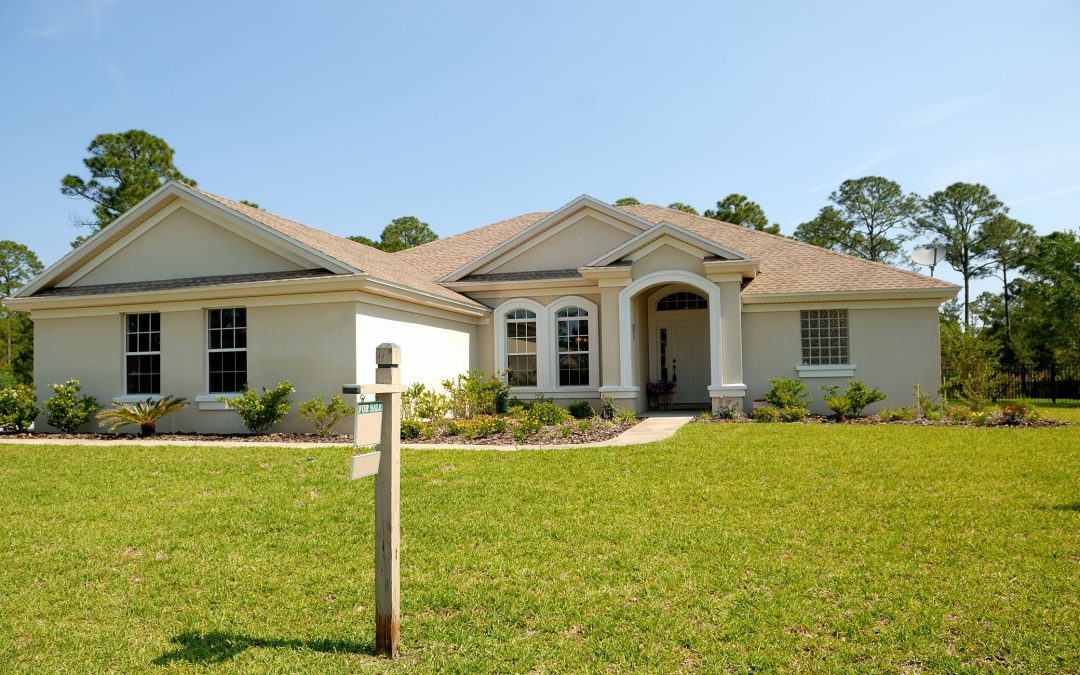If you’ve been looking into refinancing your mortgage, you may have heard the buzz lately about the adverse market fee. But what exactly is the adverse market fee? And who has to pay the fee?
Back in August, the Federal Housing Finance Agency (FHFA) announced that lenders will be required to pay an adverse market fee of 0.5 percent to the total loan amount for all refinances. Lenders will pay the adverse market fee to Fannie Mae and Freddie Mac, who purchases around 70 percent of all home loans from lenders.
Originally, the fee was to go into effect at the beginning of September, but the date has since been pushed back to December 1, 2020 because mortgage lenders across the country had far too many loans in the works for a rule to be implemented so quickly.
At first glance, the 0.5 percent fee doesn’t seem like too much, but over time, that number will add up to a hefty amount. The fee is going into effect to cover projected losses due to the pandemic, since many Americans are needing to turn to mortgage forbearance programs and other federal housing programs.
The adverse market fee only applies to loan amounts over $125,000, and no fee will be charged for balances under $125,000. For instance, if your loan amount is $300,000 your fee will be about $1,500.
So should the 0.5 percent adverse market fee prevent you from refinancing? Probably not. The good news is that since the current interest rate is at a historic low, the money you would save by refinancing now comes with a greater reward than what you would spend on the adverse market fee, depending on the total amount of your loan.
If you want to avoid the fee and take advantage of historically low rates, you can always refinance before December, and our experienced brokers at Coastal Custom Mortgage can help you quickly go through the refinancing process.
